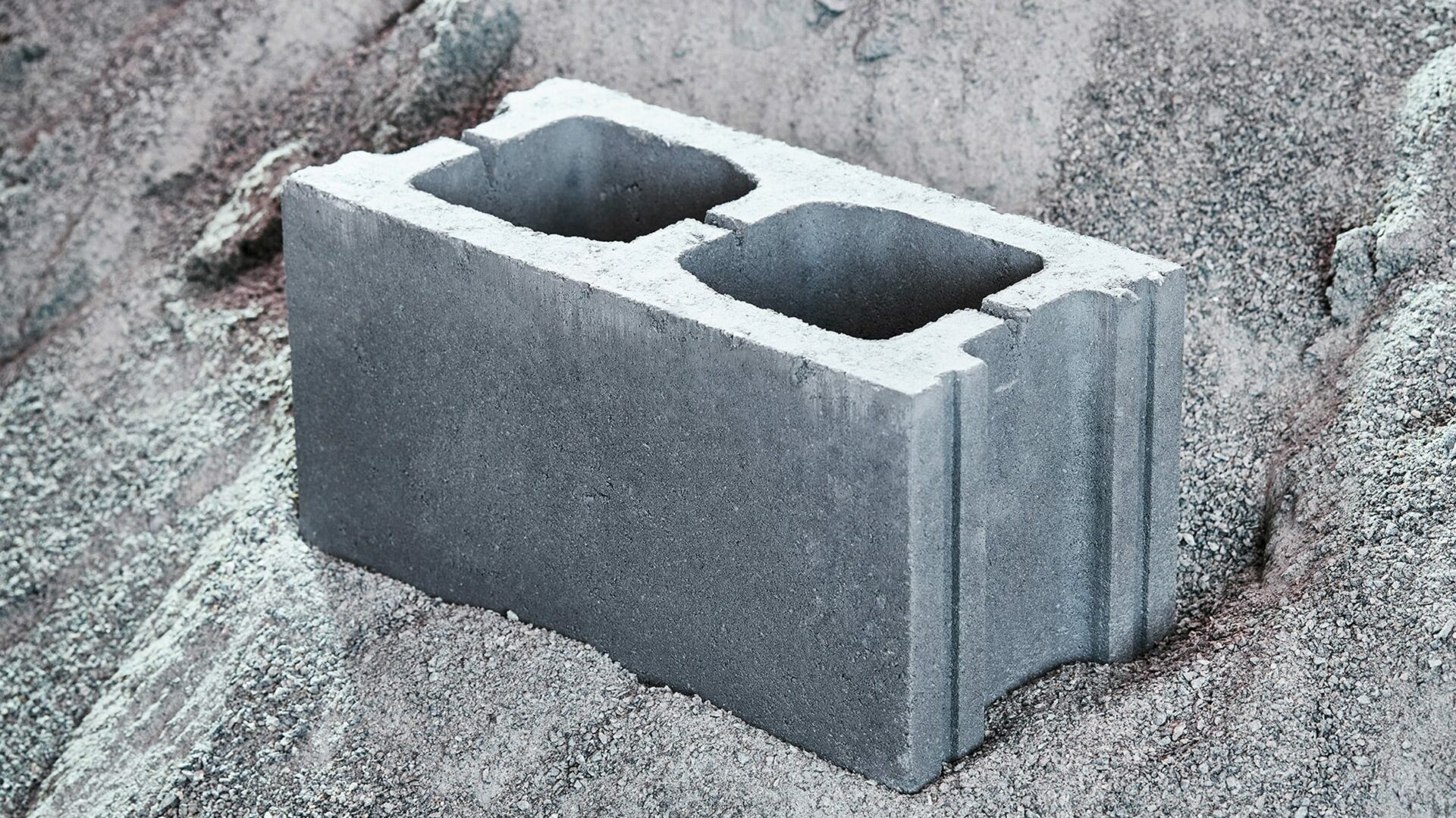In a technological first test, a California startup performed successfully mineralizing the gas in concrete. The startup uses rocks to absorb carbon dioxide from the air. It has linked up with a Canadian business to mineralize the gas in concrete. They claim that this technological collaboration might serve as a global framework for combating climate change.
According to U.N. scientists, limiting climate change will require eliminating billions of tons of carbon dioxide in the atmosphere and reducing current emissions. Two steps are required to do that: first, they must capture carbon dioxide using technology or the power of nature, and second, they must preserve it for generations.
Companies that can accomplish both are sprouting up.
San Francisco “gave” its CO2 for scientific purposes
Nearby Central Concrete, a division of Vulcan Materials, received around 30 kg of CO2 from the air around Heirloom Carbon Technologies’ San Francisco Bay Area offices. It used the gas in new concrete this week. That equates to the exhaust emissions of driving a car around 120 km.
According to numerous scientists, the collaborative effort marked the first time that carbon dioxide extracted from the atmosphere using Direct Air Capture (DAC) had secured technology in concrete, where it will remain for decades.
This is a tiny amount of emissions reduction today. Julio Friedmann, the chief scientist at Carbon Direct, which helps businesses reduce their carbon footprint, said that’s how it all begins. Concrete has a lot of potential to absorb CO2 because it is so widely used if the procedure is successful and spreads globally. Direct air capture and concrete are a major prize when combined, he said.
How exactly concrete captures the CO2?
Heirloom warms crushed limestone and releases naturally absorbed CO2. They then placed the heated rock on columns of massive trays, where it acts like a sponge, absorbing over half of the gas over the course of three days. The cycle is then repeated after heating the rock to liberate the ambient carbon dioxide.
Limestone can naturally draw carbon out of the atmosphere. Its slowness is the issue. In order to have it pull carbon much, much, much faster than it would otherwise, they just give it more superpowers, according to Heirloom CEO Shashank Samala. The concrete technology business CarbonCure in Canada transforms CO2 into a mineral that reinforces concrete by mixing it with other materials, reducing the requirement for cement, the component of concrete with the largest carbon footprint.
CarbonCure added the gas to the water used to clean out trucks this week. After the CO2 and the remaining components successfully reacted, the result was fresh concrete.
Locking carbon in concrete won’t be easy globally
Though it won’t be simple, businesses like Heirloom will need to construct pricey, huge plants. Those plants should capture millions or billions of tons of carbon annually.
According to Samala, they require in the range of mid-hundreds of billions of dollars to remove a billion tons of carbon from the air. He anticipates that funders of solar, buildings, transmission towers, and other infrastructure would also finance carbon infrastructure.
Carbon needs to become less expensive as well. The majority of the U.S. government and business community pay $100 per tonne of carbon dioxide. They consider it a fair price for widespread use. Heirloom charges about $1,000 right now; Samala anticipates charging $100 once his projects are consuming millions of tons annually.
Concrete is a controversial material per se
The use of concrete as a building material accounts for 8% of all carbon dioxide emissions worldwide. Including those of cement, its primary binding agent, is contentious. According to CarbonCure CEO Rob Niven, the most used technology reduces that by roughly 5%. The new one that uses wastewater could reduce by an additional 5% to 10%.
It is now a significant net emitter with a challenging route to achieving zero emissions without increasing prices.
However, there aren’t many ways to safely store carbon dioxide right now, so the prevalence of concrete is appealing. According to Anu Khan, deputy director of science at climate advocacy group Carbon180, it is a really considerate method to get over the existing storage constraint for DAC.
According to Niven, the issue with concrete is that there are no alternatives. Scientists can discover new chemicals and binding agents using technology. There is no other choice than cleaning it up, he said.

